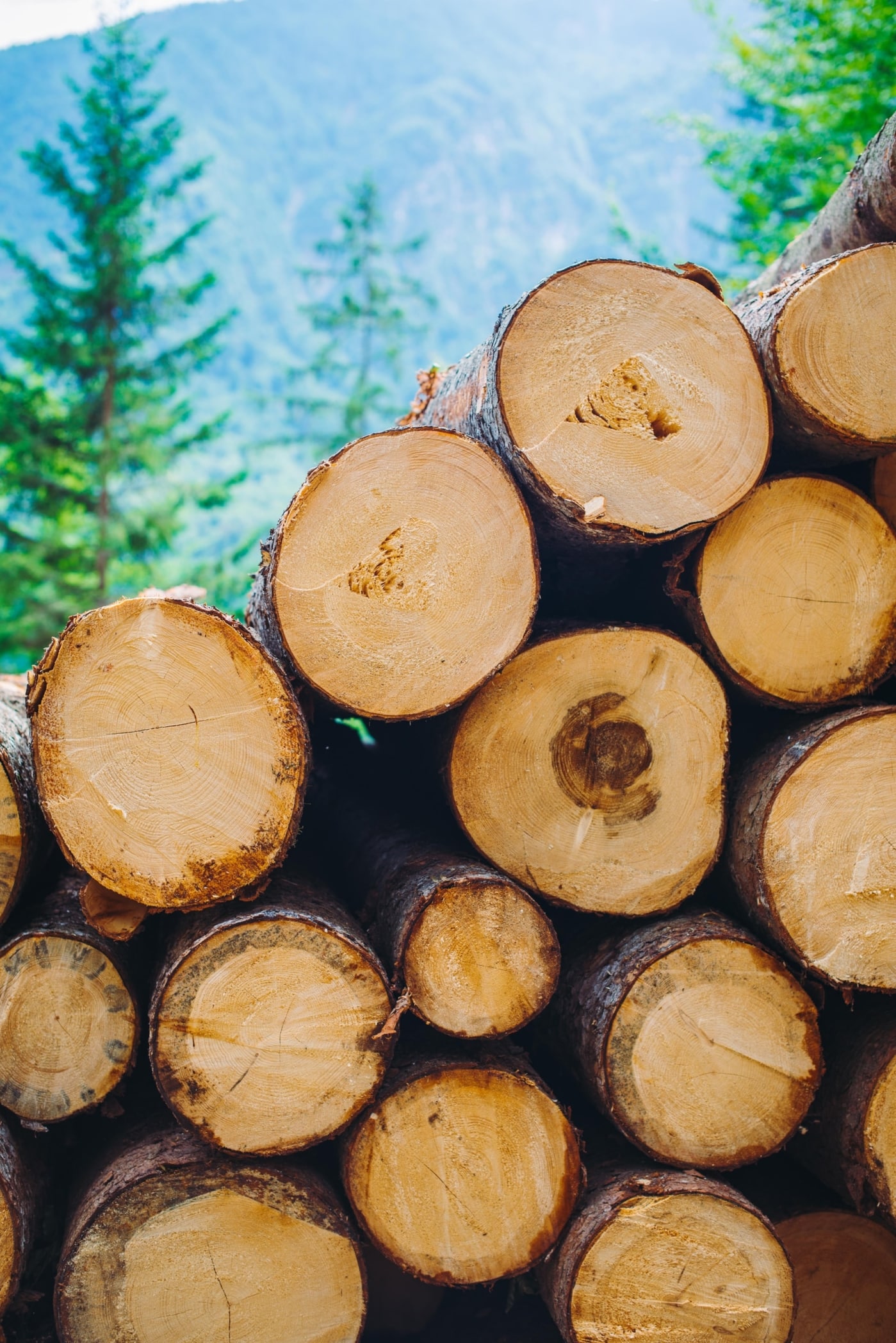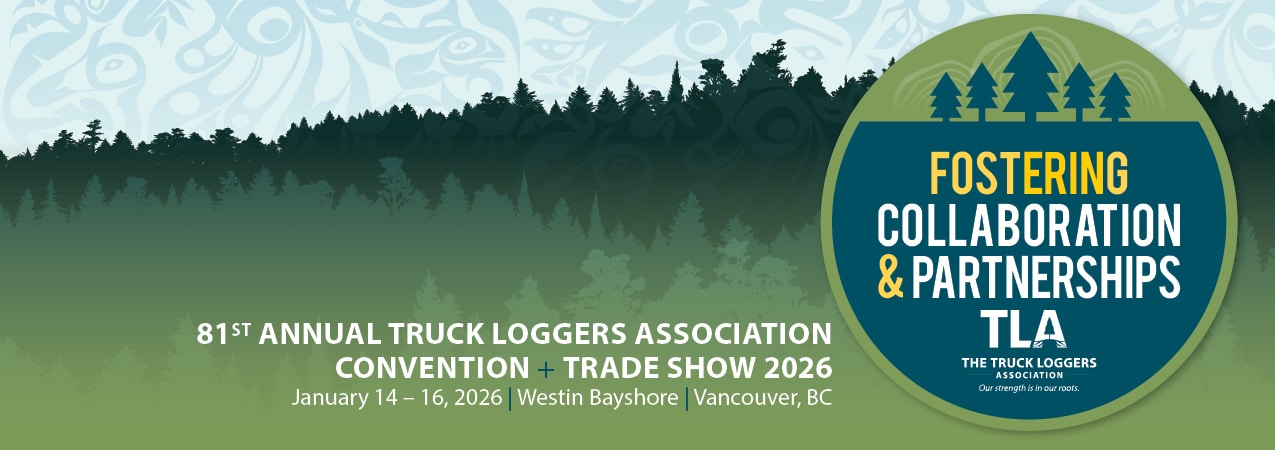By: Paul Scheutz
At a global level, BC’s forest industry provides among the best quality and most sought-after fibre in the world. The United States depends on BC softwood lumber to construct new homes, Japan depends on its strength to meet strict building codes in earthquake zones, China greatly desires BC’s pulp, and in Europe, BC’s wood pellets are utilized to power electricity plants in place of coal. The world relies on the quality of BC’s forest products, and consumers demand that these products are sourced in an environmentally and sustainable manner.
Ninety-five percent of British Columbia’s land base belongs to its residents. As the owners of this forest, they have the right to say how it should be managed. Through public consultations, legislation (acts and regulations) has been written and revised over the years to provide a framework to the forest industry in respect to how forests must be managed. All forest companies must abide by this framework to be allowed access to harvest the timber. First and foremost, legislation ensures the protection of areas such as provincial parks, sensitive wildlife habitat, ecological reserves and at-risk ecosystems where timber harvesting is not permitted. After consideration is given to the protection of these areas, only 36 per cent of the forested land base in BC is reserved for timber harvesting, either now or in the future.
Forest companies with appropriate government issued licences or permits are granted the right to harvest trees subject to the provision of the Forest Act, the licence document and the Forest Revitalization Act. These Acts are supported by regulations and guidelines that must be followed prior to even thinking about harvesting a tree. It also defines the regions and forest types within which the company can operate.
Once these areas are identified, the company must provide government with Forest Stewardship Plans (FSPs), a thorough, localized plan that addresses all provincial forest practices and forest values, as well as key issues that are specific to that region. FSPs are landscape level plans that identify potential harvesting areas that are consistent with the public’s goals and objectives, and they consider the many resource values that exist on an area. Typically, there are at least 11 values that must be considered: timber, soils, wildlife, water quality, fish, cultural heritage, recreation, biodiversity, forage, visual quality, and local resource features. FSPs are created with input from groups that have interests in the areas that are potentially being considered for harvesting. Information meetings with local trappers and guiders, First Nations, recreationists, landowners and community members are conducted throughout the FSP planning process, and any potential conflicts must be addressed by law and dealt with cooperatively. Once the FSP is completed (at least a one-year process), it is submitted to government for review and approval by forest professionals. This plan has a term of only five years after which it must be completely redone following the process described above.
Within an FSP, forest development units have been identified where harvesting activities are proposed. Although the plan has been developed by forest professionals, reviewed and modified through public input, and approved by government, this does not mean that timber harvesting may now commence. Suitability for harvest, identified resource values and other public constraints must be confirmed at the stand level to ensure the proposed harvest plan is appropriate. Approved planning areas undergo
rigorous field examination by forest professionals that result in the net-down of the original planning shape to specific forest stands that are ecologically and operationally suited for timber harvest.
Forest professionals walk the area and identify important features that can only readily be confirmed from the ground. These include riparian habitat adjacent to streams, lakes and wetlands, wildlife travel corridors, nesting sites for raptors and other birds, denning sites for bears, sensitive ecosystems, cultural heritage resources, big trees, and habitat for rare or endangered species. In addition, they ensure that a proposed harvest area meets the desired timber profile requested by government to address forest health issues such as spruce beetle, wildfire hazard, etc. They also ensure the area is safe to harvest by excluding unsuitable or inoperable terrain.
A qualified forest professional also completes a silviculture site plan to identify the ecological attributes of the harvest area and ensures the area can be harvested sustainably and reforested. This process is done by evaluating soil texture, moisture and nutrient levels, identifying all the trees, shrubs and plants that grow in the area, and classifying the site’s ecology. This allows forest professionals to write a legal prescription with recommendations on when and how the site will be harvested, the species and size of tree seedlings to be planted once harvesting is complete, and potential post-harvesting treatments that might be required to ensure the site returns to a productive forested state. This legal prescription also speaks to all the results and strategies identified in the FSP to ensure that the resource values requested by the people of BC are maintained.
Once this initial field work is completed and the planning shapes refined, the newly proposed harvest area is reviewed by forest companies, government, and local First Nations for final approval to advance to the layout stage. During the layout stage, the block boundaries are established to define the exact harvest boundary and road locations to minimize site degradation and disturbance to riparian habitats. These features are marked with ribbon and paint so that logging cannot occur in an area that could have potential environmental significance. In addition, local features that are being protected, such as wildlife tree patches, reserve zones along streams, lakes and wetlands, or buffers around denning sites are identified as no harvest areas.
The final field stage is the timber cruise which measures the quantity and quality of the trees in the harvest area and provides information on timber volume and general forest health. The timber cruise also provides an evaluation of the value of the stand to determine what money the forest company will pay to the people of BC for the privilege of harvesting their timber. As with all other phases, this stage is reviewed and approved by government professionals who then determine the stumpage rates to be paid by the company.
Upon completion of all the landscape level planning, and all the hands-on stand level phases, maps and reports are handed over to the government for final approval and a cutting permit is issued. Once again, forest professionals re-review all the submitted scientific data and maps for the harvest area, and if required re-consult with local stakeholders to ensure their concerns have been met. Only then can commercial harvesting commence in a publicly owned BC forest.
Lastly, legal conditions in the cutting permit or silviculture site plan make it mandatory for those who are harvesting the trees to immediately stop work should any critical resource be found that might have been missed during any of the previous phases. Thus, work is stopped and professionals are called in to evaluate and remedy the situation as needed before harvesting may commence once again.
The process to plan timber harvesting is a long and complex one with many checks and balances, often lasting several years. However, it is important to ensure the job is being done in a sustainable manner, and that harvest plans (vetted by forestry professionals) are environmentally and ecologically sound. The public often has a negative view or distrust of industry’s motives, but the truth is, government, forest professionals, First Nations and the public collectively determine how and where all harvesting is conducted in BC.









Get Social